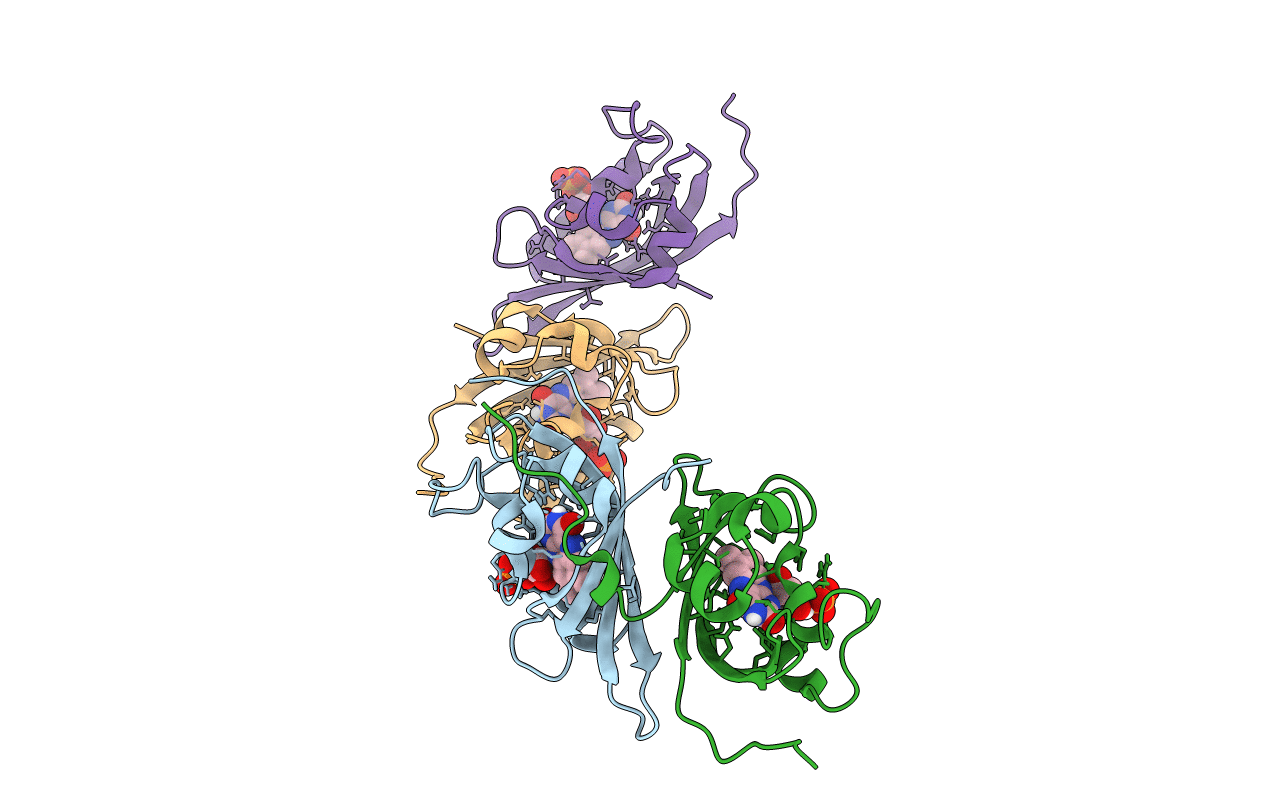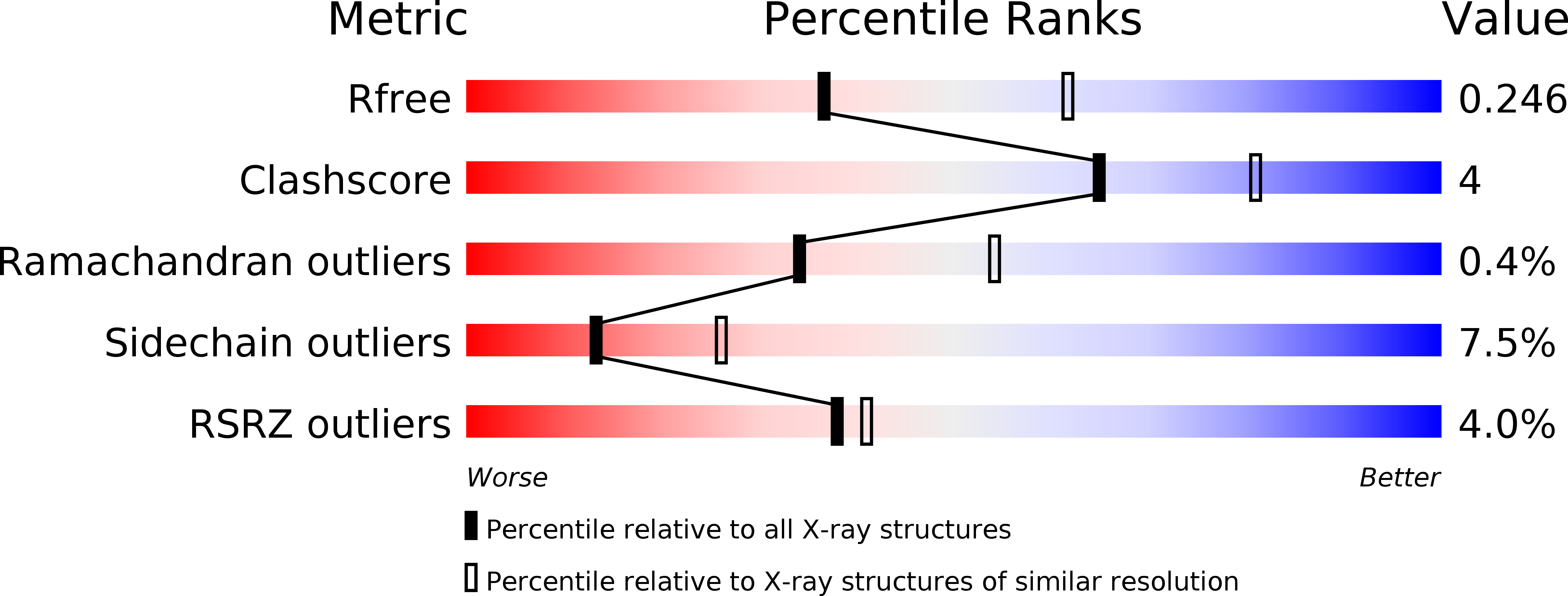
Deposition Date
2016-08-05
Release Date
2017-03-08
Last Version Date
2023-10-04
Entry Detail
PDB ID:
5SVG
Keywords:
Title:
Structure and kinetics of the LOV domain of ZEITLUPE determine its circadian function in Arabidopsis
Biological Source:
Source Organism:
Arabidopsis thaliana (Taxon ID: 3702)
Host Organism:
Method Details:
Experimental Method:
Resolution:
2.50 Å
R-Value Free:
0.23
R-Value Work:
0.17
R-Value Observed:
0.17
Space Group:
P 31 2 1


